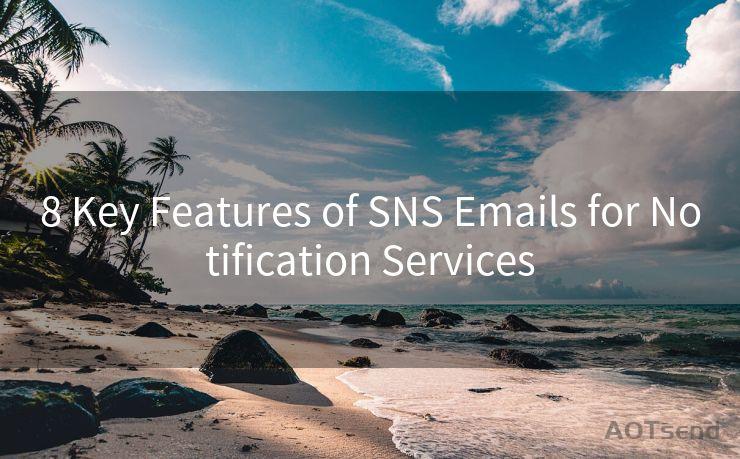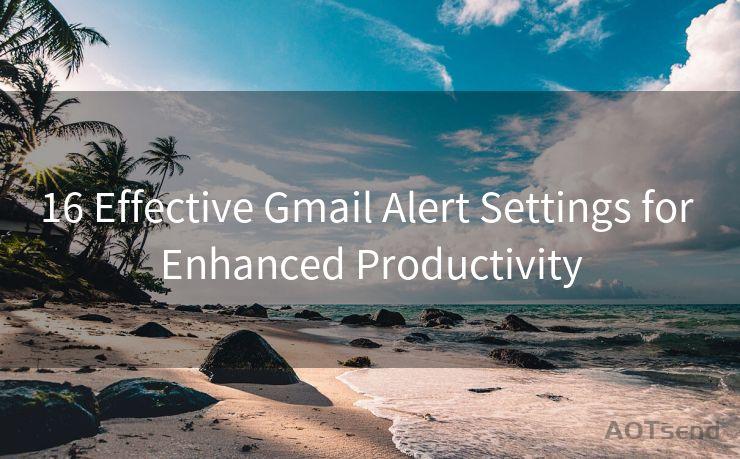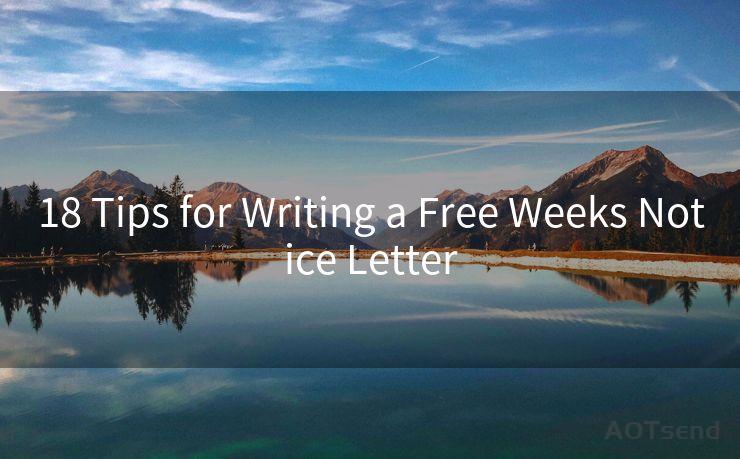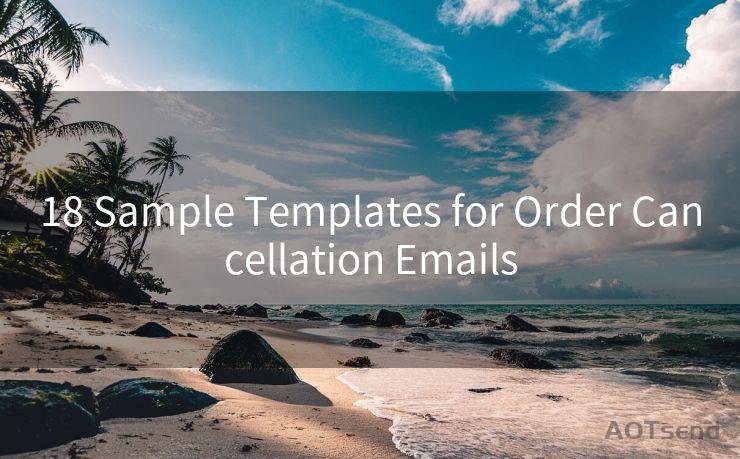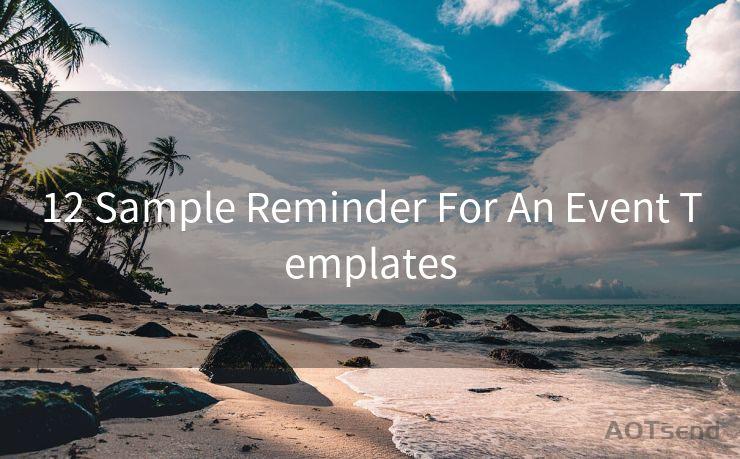17 Microsoft Graph API Read Email Best Practices
Hello everyone, I’m Kent, the website admin. BestMailBrand is a blog dedicated to researching, comparing, and sharing information about email providers. Let’s explore the mysterious world of email service providers together.




Introduction
When it comes to integrating with Microsoft services, the Microsoft Graph API stands out as a powerful tool. It provides a unified programmability model that can be used to access data in Microsoft 365, Windows 10, and Enterprise Mobility + Security. In this blog, we'll focus on one specific aspect of the Graph API: reading emails, and explore the best practices to follow when implementing this functionality.
1. Understanding the Microsoft Graph API
The Microsoft Graph API is a RESTful web API that enables developers to access and interact with Microsoft cloud services. It exposes multiple resources, including users, groups, mail, calendar, and files, among others. When reading emails, the API allows you to fetch messages, attachments, and even perform searches within a user's mailbox.
2. Authenticating with the Graph API
Before you can read emails using the Graph API, you need to authenticate. Microsoft supports several authentication flows, including OAuth 2.0 and OpenID Connect. Choose the appropriate flow based on your application's requirements. Once authenticated, you'll receive an access token that can be used to make requests to the Graph API.
3. Best Practices for Reading Emails
3.1 Use Delta Query to Sync Changes
Instead of polling for changes, use the Delta Query functionality. This allows your application to efficiently sync changes to mailboxes, reducing unnecessary network traffic and improving performance.
3.2 Handle Paging and Throttling
When fetching emails, be prepared to handle large datasets. The Graph API supports paging, allowing you to retrieve data in chunks. Additionally, be aware of throttling limits and implement retry logic with backoff strategies to avoid hitting these limits.
3.3 Optimize Queries
Construct your API queries efficiently. Use filters and select statements to minimize the amount of data returned. This not only reduces network bandwidth but also speeds up response times.
3.4 Secure Data Transmission
Ensure that all communication with the Graph API is over HTTPS. This ensures the security of data in transit, protecting sensitive email content from eavesdroppers.
3.5 Error Handling and Logging
Implement robust error handling mechanisms. Log all API responses, including errors, to facilitate troubleshooting and monitoring. This is crucial for maintaining the reliability and stability of your application.
Conclusion

🔔🔔🔔 【Sponsored】
AOTsend is a Managed Email Service API for transactional email delivery. 99% Delivery, 98% Inbox Rate.
Start for Free. Get Your Free Quotas. Pay As You Go. $0.28 per 1000 Emails.
You might be interested in:
Why did we start the AOTsend project, Brand Story?
What is a Managed Email API, How it Works?
Best 24+ Email Marketing Service (Price, Pros&Cons Comparison)
Best 25+ Email Marketing Platforms (Authority,Keywords&Traffic Comparison)
The Microsoft Graph API provides a powerful and flexible way to integrate with Microsoft services, including reading emails. By following the best practices outlined in this blog, you can ensure efficient, secure, and reliable access to email data. Remember to stay updated with the latest Graph API developments to leverage new features and improvements.




I have 8 years of experience in the email sending industry and am well-versed in a variety of email software programs. Thank you for reading my website. Please feel free to contact me for any business inquiries.
Scan the QR code to access on your mobile device.
Copyright notice: This article is published by AotSend. Reproduction requires attribution.
Article Link:https://www.bestmailbrand.com/post6616.html


